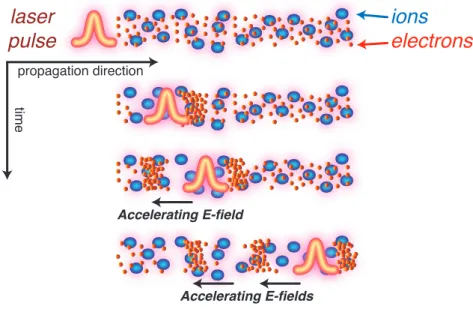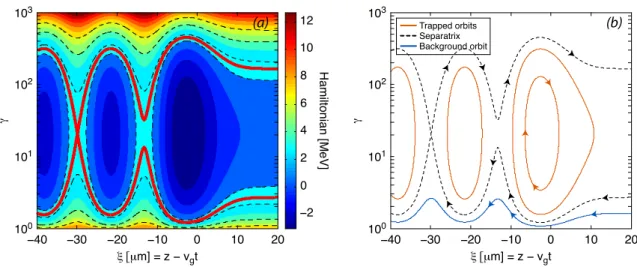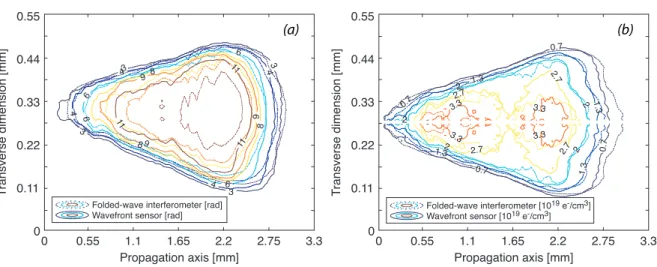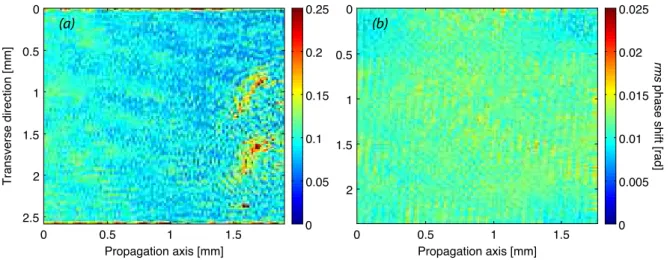Electron bunch diagnostics for laser-plasma accelerators, from THz to X-rays
Texte intégral
Figure




Documents relatifs
normal molten Si. It may also be noted that Matthews and Ashby observed /23/ nonthermal annealing of ion implanted amorphous Si by the electron beam of their electron microscope
Two series of experiments were done, one at constant flow, the other one at constant current, The essential data and measurements of the temperature, electronic density and reduced
Figure 6: indicative measured frequency spectra of the filament’s acoustic radiation at different angles. Figure 7: measured and calculated normalized frequency
In this Letter, we demonstrate that by measuring the position and the longitudinal profile of the x-ray emission, one can determine important features of the interaction: laser
L’archive ouverte pluridisciplinaire HAL, est destinée au dépôt et à la diffusion de documents scientifiques de niveau recherche, publiés ou non, émanant des
L’archive ouverte pluridisciplinaire HAL, est destinée au dépôt et à la diffusion de documents scientifiques de niveau recherche, publiés ou non, émanant des
We report results from a series of PIC simulations carried out to investigate the interaction of intense laser light with overdense plasma and in particular, aspects of the
Laser-plasma accelerators 1,2 have gained considerable at- tention for their potential in delivering, with a compact setup, quasi-monoenergetic 3–5 , low emittance 6–8 ,





